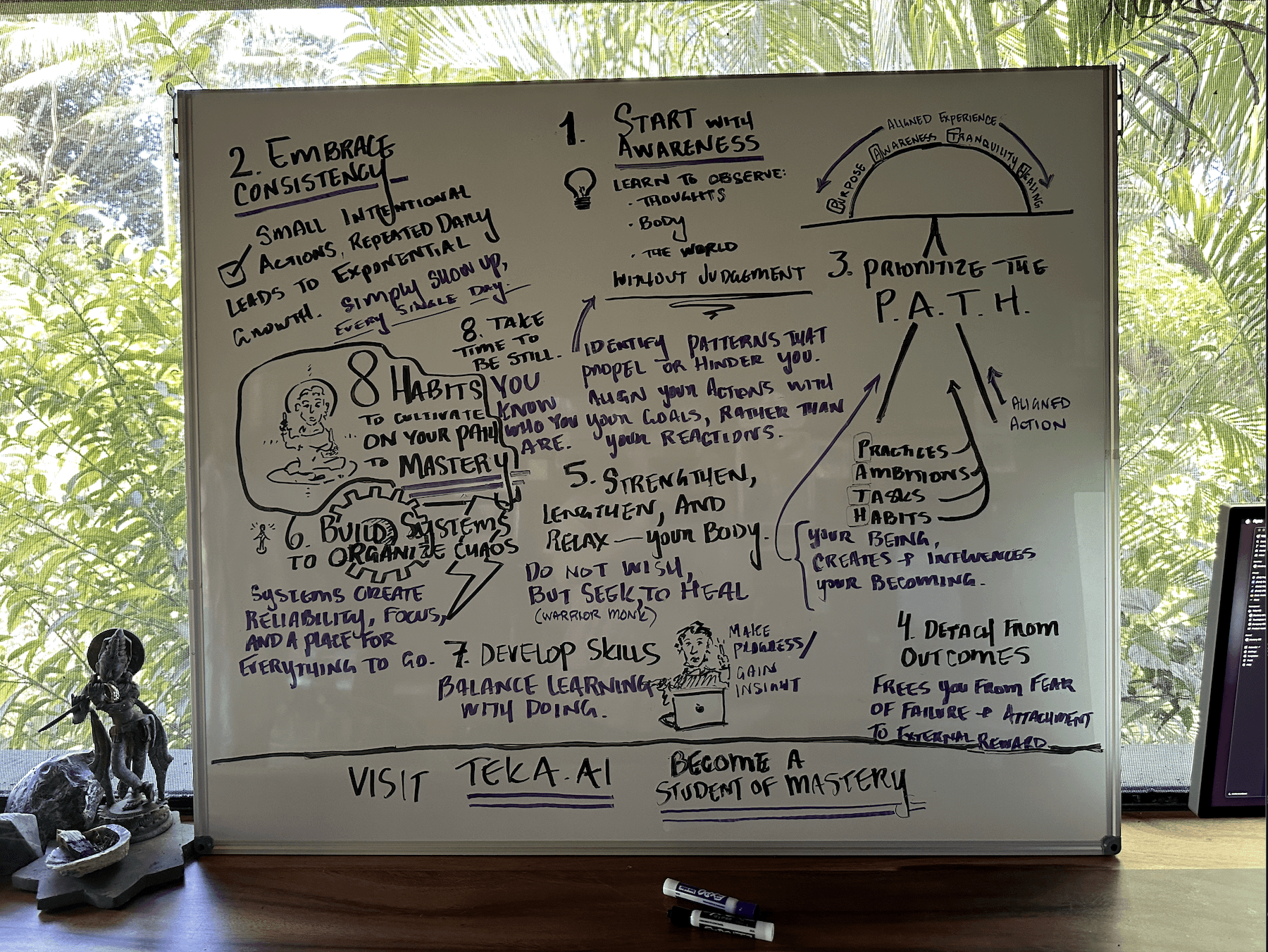The Workforce Pyramid: Navigating Labor, Value, and Automation in the New Economy
As the workforce evolves, understanding the dynamics of labor, value creation, and automation is more crucial than ever. The traditional structure of work—focused on manual and technical labor—is rapidly shifting due to advancements in technology, forcing individuals to rethink their roles and future paths. This article explores The Workforce Pyramid, a model that illustrates how workers can progress from simple labor to leadership and ownership, while also addressing the disruptive impact of automation. By strategically investing in skills, creativity, and adaptability, individuals can secure their place in the new economy and thrive in a world where human ingenuity is more valuable than ever.
Oct 11, 2024
Venture
5 min
Economies of Labor & Value
Money represents a claim on the value created by labor—it captures the effort, time, and resources people invest into producing goods or providing services. In exchange for their work, individuals receive money, which can then be traded for the labor of others, creating a cycle that keeps the economy moving.
This system is foundational to how modern economies operate: people work, earn, and spend, with money functioning as the medium for transferring the value of their labor. Ultimately, money allows labor to be stored, traded, or exchanged for other forms of value, facilitating both consumption and investment. The key to navigating this system is leveraging your labor in a way that maximizes returns on effort, resources, and time.
Job, Career, Side Hustle, or Business—Got One of These? Welcome! You’re In the Game
In any role—whether a job, career, side hustle, or business—the ultimate objective is to find a high-leverage way to deliver value and earn more than the energy you put in. The secret to success is maximizing output with minimal input. By utilizing systems, automation, or scalable strategies, you can amplify your results, creating value that compounds over time. Regardless of your path, you're playing the same game: optimize your time, energy, and resources to generate lasting rewards.
Workforce Pyramid

The Workforce Pyramid shows the progression from simple labor to high-level ownership, illustrating how roles evolve from low-risk, low-leverage tasks to positions of greater responsibility and reward. Each stage offers opportunities for growth through skill development, creativity, and strategic decision-making, helping individuals climb toward roles that bring financial success and personal fulfillment.
At every tier, money is a tool for advancing. By investing in skills, knowledge, and assets, individuals can move from simple labor to technical roles, and eventually into creative, knowledge-based, or leadership positions where long-term value creation and financial freedom are possible.
Automation Will Push The Workforce Up (or Off) The Pyramid
Automation, AI, and robotics are replacing simple and technical labor across industries faster than many expect. The bottom tiers of the labor market—those with repetitive or manual tasks—are most vulnerable, impacting over half the global workforce. As these jobs disappear, some workers will shift into creative and knowledge-based fields, where human traits like innovation and problem-solving thrive. Others may find themselves working less, supported by a societal shift toward universal basic income.
As automation increases efficiency, the redistribution of value to meet everyone's basic needs may become inevitable. Though this shift will take time, economies of scale already point to a future where fewer people are required for manual work. To prepare for this, creativity, learning, and adaptability will be the most valuable skills. This book’s principles will guide you through the changing landscape, helping you align your journey with the emerging economy.


